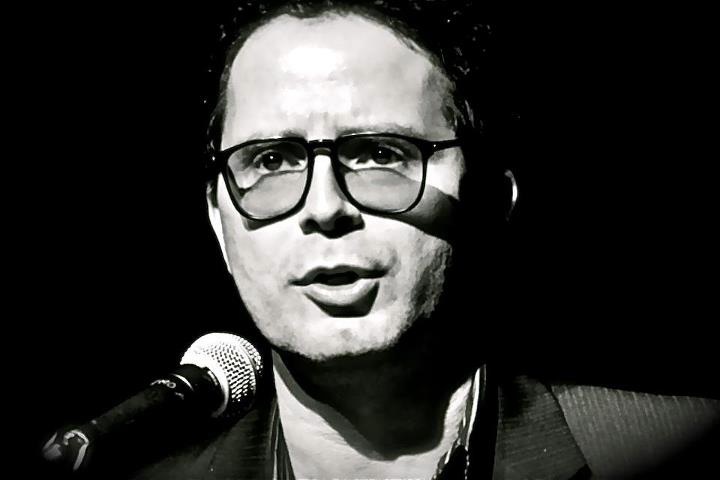Folks,
While a lot has been said about the "successes" of Colombian President Alvaro Uribe's Democratic Security Strategy, funded wholeheartedly by U.S. taxpayers through the Plan Colombia package, there is growing evidence that an upswing in violence is occurring on the ground in various regions of the country. Our friends at the Center for International Policy - Colombia, have been keeping close tabs on these developments, and point to a number of factors for this increase. Among them, the emergence of new paramilitary organizations that have filled the void of the Uribe government's "dismantling" of the AUC. Here are some notes worth pondering.
MAMA
FROM CIP-Colombia
After several years of declining violence statistics in Colombia, we are seeing some very serious backsliding. The chief causes are the new FARC leadership’s shifts in strategy, and the proliferation of “emerging” criminal groups, the heirs of paramilitary groups whose leaders have mostly been extradited to the United States. This backsliding should worry both proponents and detractors of Álvaro Uribe’s hardline security policies.
- A Reuters piece published Tuesday and a CNN series [1 | 2 | 3] that ran last week attest to the severe wave of drug and gang-related violence sweeping over Medellín. According to Reuters, “The city’s murder rate has more than doubled since the [May] 2008 extradition of its main crime boss, [paramilitary chieftain Diego Fernando Murillo,] known as Don Berna, which left a power vacuum in the local drug and extortion rackets.”
- El Tiempo reports on the tense atmosphere in Sumapaz, a mountainous zone just to the south of Bogotá, from which Colombia’s army ejected the FARC in 2003 and 2004. Last Sunday, in broad daylight, the guerrillas killed two town council members in the zone (Sumapaz is part of Bogotá and Colombia’s Capital District).
- Herbín Hoyos, host of the Bogotá-based “Voices of Kidnapping” radio program, which broadcasts relatives’ messages to FARC kidnap victims, was forced to leave the country two weeks ago in the face of what Colombian military intelligence said was a recently uncovered FARC plot to kill him.
- In the oil-refining port of Barrancabermeja, 99 people have been murdered so far this year, 5 more than in all of 2008. El Tiempo places much of the blame on two “emerging” paramilitary groups, the “Rastrojos” and the “Urabistas.”
- Semana notes “three simultanous processes” of violence amid a counter-guerrilla military offensive in Cauca, in southwestern Colombia: “First, the alliance between the ELN guerrillas and a criminal gang known as ‘Los Rastrojos’ to fight the FARC; second, the military forces’ tendency to go easy on the ELN and Los Rastrojos, since the Espada II and III military operations have not touched them, and the whole offensive has been against the FARC. … The third process, however, is the strengthening of the FARC’s offensive military capacity in northern Cauca. So much that the guerrillas have attacked Toribío municipality on 51 occasions this year; the most recent attack was on October 7, which left two police dead and several soldiers wounded.” El Tiempo also reported this week on the ongoing Cauca offensive.
- This week the Human Rights Ombudsman’s Office (Defensoría del Pueblo) issued “early warning” alerts about FARC threats against the population of Toribío, as well as that of the municipalities of Puerto Lleras, Puerto Rico and Vistahermosa, Meta. The Meta alert covers the heart of the La Macarena region, where a Colombian government “Fusion Center” has been carrying out a U.S.-funded counter-insurgency and “consolidation” program. In Puerto Rico municipality, Amnesty International reports, a FARC attack on the Guéjar river wounded Islena Rey, president of the Meta Human Rights Civic Committee.
- Elsewhere in Meta, authorities are concerned about a growing “war” between two powerful paramilitary chieftains who had been believed to be cooperating: Pedro Oliveiro Guerrero, alias “Cuchillo,” and Víctor Carranza, who controls a large portion of Colombia’s lucrative emerald trade.
- More than 220 people have been killed this year in the Bajo Cauca region of northern Antioquia department, where four “emerging” paramilitary groups are fighting to control the drug trade: “Los Paisas,” “Los Rastrojos,” “Los de Urabá” and remnants of the AUC’s “Bloque Mineros.”
- Two weeks ago in Arauca, a brazen ELN attack managed to free “Pablito,” who until being imprisoned was the guerrilla group’s maximum leader in the zone, one of its longtime strongholds.
All of these links are from the past two weeks. They indicate that Colombia’s government needs to refocus on its public security strategy, which may have reached the limits of what it can achieve. Significant adjustments are needed, particularly a renewed effort to protect threatened populations (instead of using resources on costly offensives) and a far stronger campaign against the “new” paramilitary groups before they manage to consolidate themselves.
But no adjustments are likely over the next several months, since Colombia’s President and its entire political class are likely to be focusing entirely on Álvaro Uribe’s attempt to win a third term in office.

No comments:
Post a Comment